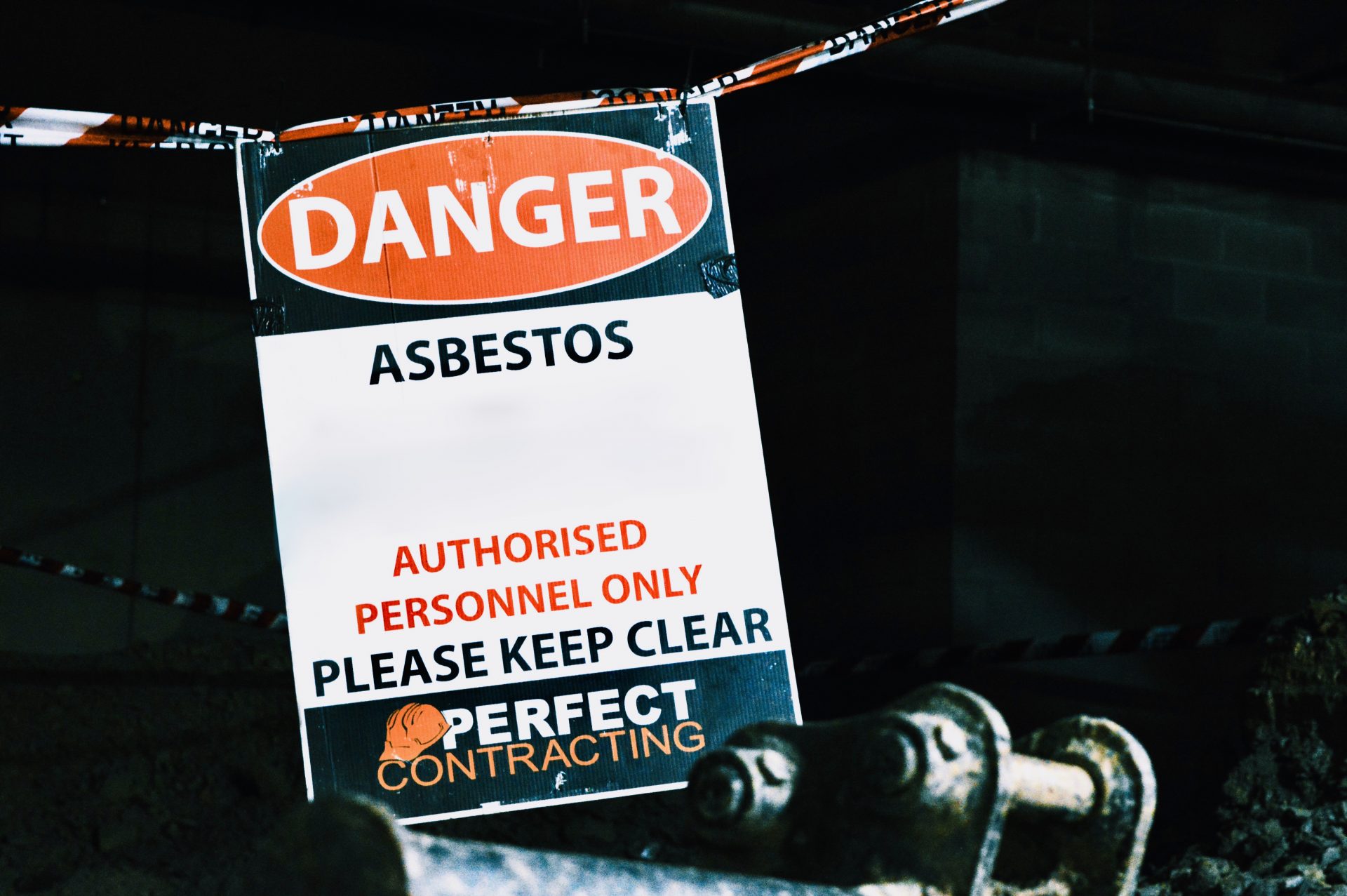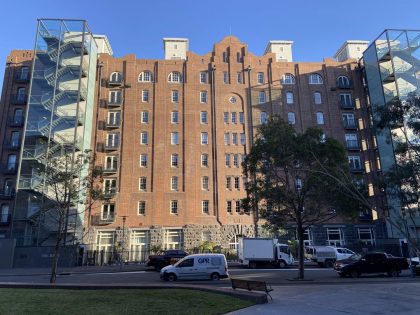By Daniel Green
Scenario: It’s 2021 and the ‘Rona has you locked down & stuck at home with nothing to do. That list of improvements scrawled on the side of the fridge is starting to beckon. The ones you’ve been avoiding since 2015? Yeah, those ones. Pretty soon you’ve punted the Camry onto the street and turned the garage into a makeshift workshop, complete with charging station for ya DeWalt gear and a shadow board for your hand tools. And before the better half can object, you’ve started prising board off the old timber lean-to in the backyard for a dump run. But as the stack of old sheet climbs higher and higher an uncanny feeling washes over you followed by a very scary thought: ‘Is this asbestos??’
You’re not alone. Before this nasty stuff was outlawed in 2003, it was used en masse from the end of the war. No, not Iraq. No, not Vietnam. The big one back in Europe when we stopped that angry German bloke from taking over the joint. If you’re good at sums, that’s 57 years of unchecked asbestos mining, manufacture and construction in this country alone. It’s everywhere. The Master Builders Association reckons SIXTY PERCENT of Aussie households still contain asbestos in some form, so anyone doing any kind of home reno work will invariably run across it. Unfortunately, it’s like driving. Sooner or later you’re going to have an accident – you’ve just got to know what the heck to do when it happens.
Common asbestos products in Australian households are:
- Insulation [both thermal and conductive]
- Concrete/brick/ceramic products
- Fireplace cement
- Fireproof interior linings [like board]
- Wet area linings [like board]
- Plaster
- Flooring/roofing
- Mastics and other sealing compounds
- Benchtops
- Adhesives
- Fire blankets/blankets
- Filters
- Interior fire doors and barriers
- Caulk
Like we said, it’s everywhere. In the asbestos removal industry, asbestos products are known as ACM – Asbestos Containing Material – and they’re broken down into two types: non-friable and friable. Contrary to popular belief it doesn’t mean you can cook the stuff [actually due to it’s fire resistant properties you literally can’t cook the stuff]. No, these two terms describe its nature when exposed to physiological stress.
Non-Friable
This type is also known as bonded asbestos and either a] will not break or b] will not crumble and turn to dust in the event that it does break. It’s the least dangerous type and is the best scenario you could hope for.
Friable.
The dictionary tells us that friable means that it is easily crumbled or reduced to powder. This is the most dangerous type and the worst scenario you could encounter.
Why is asbestos bad? If you don’t know, asbestosis and mesothelioma as asbestos related diseases that occur when friable asbestos particles enter the lungs and attach themselves to the lung membranes, eventually causing suffocation and death [heads up – one Aussie still dies from mesothelioma every twelve hours and six Aussies die from any asbestos related disease every day]. So with this much asbestos getting around and potentially your life at stake it’s a good idea to know what to do if and when you encounter the stuff. So before you begin that long overdue job you can ask yourself some questions to get that brain more asbestos aware:
- What would I do if I actually found some ACM?
- What protections do I have in place in case I find some ACM?
- Who is nearby that may also be affected if I find some ACM?
- What laws do I have to abide by in the event I disturb some ACM?
With any renovation, refurbishment or remediation works it’s good to have a bunch of asbestos PPE on hand. It costs next to nothing, especially given what it could prevent. We’re talking about a full body asbestos suit, a face mask, safety glasses and gloves. The last three are generally a good idea for dirty work anyway, asbestos or not.
Prevention is Better Than Cure.
It feels good to rip in gung-ho like and kick some butt. We’ve all done it. But there’s a time and a place, and uncovering old building materials isn’t the either to revisit your masculine self. Preferably, you want to identify any ACM long before a sledgey is swung or a jimmy bar is leant on. Which means educating yourself on how to identify it. If you ask yourself a few questions about the work you’re undertaking you may minimise the risk:
- What task am I doing and what will it disturb?
- Is the structure older than 2003 but newer than 1946?
- Has the structure been added to before 2003 but since 1946?
- What building materials are present or could be present and are any of them on the list above?
- Will I know ACM if I see it?
If any of these questions bring any doubt into your mind about the potentiality of unearthing asbestos, stop work immediately and contact a licensed asbestos removal contractor. They will be able to identify if the product is ACM or not and suggest a course of action for its safe disposal.
Just Say No.
What if you’re already begun before you realise you’re knee deep in ACM? We’re not doctors, but unless you’re around asbestos everyday chances are you’ll be okay. So don’t panic. Do not however, become flippant. Stop what you’re doing and with a visual inspection, try and identify the product. Do not over-handle it, do not snap it in half to examine the cross-section, just give it a good hard look. If you think it could be ACM, stop what you’re doing, strip off all your clothing, shower and don your pre-bought asbestos PPE kit listed above. Wet down anything you think could be ACM and try to encapsulate everything in airtight plastic sheet. Then contact a licensed asbestos removal contractor. Again – they will know what to do.
In Conclusion.
Asbestos was originally valued for its longevity as well as its thermal resistance, so unfortunately it isn’t going anywhere soon. A lot of it just doesn’t degrade. With such a large volume of our homes containing it in some form or another, we have to resign ourselves to the fact that if we’re to live in, work in and renovate these dwellings we will likely encounter it. That’s just the deal. But as with all things in life, it’s not what happens to us that we can control. It’s how we handle it.
Good luck. You’ve got this.
Perfect Contracting is a licensed, experienced HAZMAT removal contractor. Contact us for queries or quotes concerning asbestos or asbestos removal.
For more information on our services, take a look at our webpage or request a free quote.
contact us today

